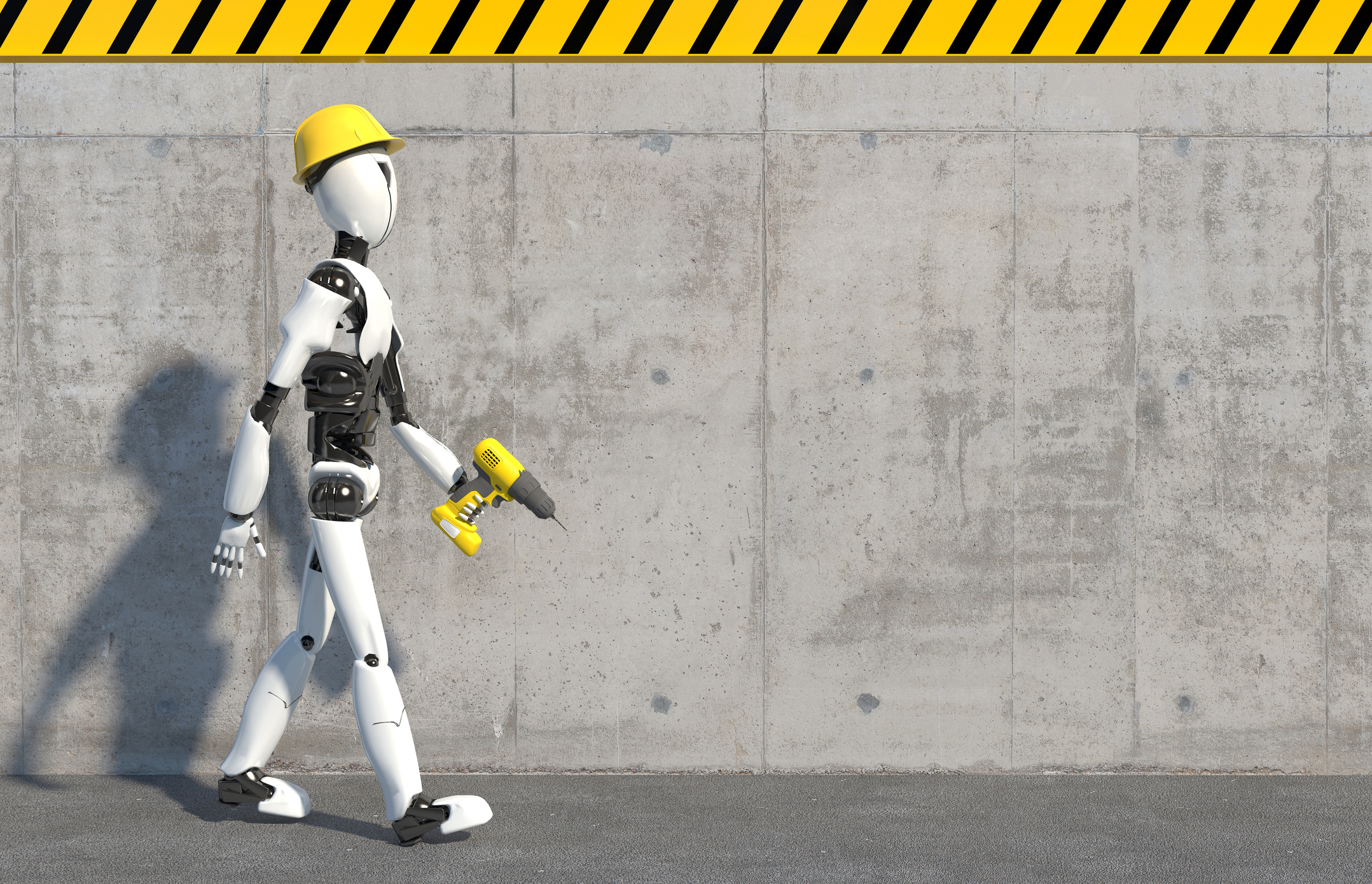At the beginning of the Covid-19 crisis, construction was stuck between a rock and a hard place. It had to continue as many projects were and are essential and, plainly, sitework does not translate into homework. Simultaneously, working practices and the nature of sites made social distancing difficult-to-impossible. As the crisis has accelerated change for so many, will it do the same for building?
At the beginning of the Covid-19 crisis, construction was stuck between a rock and a hard place. In many respects, it had to continue as many projects are essential – highways, infrastructure, healthcare etc and, plainly, sitework does not translate into homework. At the same time, working practices and the nature of sites – temporary canteens and offices, toilet facilities – made social distancing difficult-to-impossible.
Just think of the challenge of manoeuvring past people on scaffolding, for instance.
Covid shutdowns
On one hand, contractors were being castigated online following social media publication of pictures of crowded canteens, while simultaneously being applauded for the creation of Nightingale Hospitals in record time. In Lockdown I, many housebuilders decided valour was the better part, and closed sites. The rapid rate at which merchants closed up made that inevitable as materials dried up (despite many manufacturers trying to keep their lines going in order to fulfil critical orders, and fill yards of stock to make the return of massively pent-up demand manageable).
Others – particularly smaller builders – pressed on. Hospitals had to be finished and, if a small builder, own, personal risk assessments could be made as to the value of keeping going (if, as above, you could source materials; timber and plaster being in especially short supply).
Even though the latest lockdown is coming to its (slow) conclusion, many of the new site practices will have to be kept up and possibly for some time. In such situations, creativity will out, and some will have actually stumbled across innovations and ideas which will not only meet the H&S needs of teams on site; but also point to long-term efficiencies all round.
Building materials
Some will be around building technology – especially materials. For instance, in flat roofing, cold applied liquid systems are appealing. They are ‘small format’ systems, that reduce lifting and obviate the need for two people. Installation is fast, so time in proximity to others – including building occupants – is reduced. And smaller laying gangs are needed in the first place – allowing for more space on the roof and making social distancing easier.
Others will relate to automation and disruptive technologies. Of these, some will mitigate skills shortages while others promote remote working and improved accuracy, efficiency and productivity.
Robots and automation
It’s been mooted for some time that the future of building technology lies in automation and robots – Bot the Builder, if you like. As far back as 2016, the then chair of Land Securities, the £13.5bn FTSE 100 construction company, Dame Alison Carnwath, was quoted as saying “We’re moving into the era of the robots,” with both a prediction of huge productivity gains and the loss of thousands of jobs.
Despite Alison also saying “we’re not that far off” – five years ago mind – one wonders if the reality of a fully automated site is that near? One has seen robot arms in controlled environments tackling brick-laying; but, currently, the idea of a robot laying down 500 to 1000 bricks per day in site conditions is just too fantastic; let alone it nipping down to a merchant branch for some sealant and three metres of fascia; erecting a conservatory; fitting a kitchen or tiling a roof.
Disruptive technologies
More credibly though is the growing impact of emerging technologies in building that threaten to disrupt the status quo of the building industry. The pace of change has of late; and the drive to modernise will no doubt increase thanks to Covid-19.
Examples include 3D-printing, capable of ‘printing’ entire buildings; 4D-imaging, where users can see through and into walls; and vGIS, a hybrid augmented reality visualisation platform that combines BIM, CAD and GIS data to display proposed building designs alongside existing underground utility infrastructure, components such as walls, pillars, beams, pipes and foundations can be layered in to build up a detailed picture of current versus planned works.
So daunting times, but potentially exciting too. Disruptive technologies, by definition, cause huge change, creating new roles and destroying existing ones and it will be no different for building technology.
Ends.

